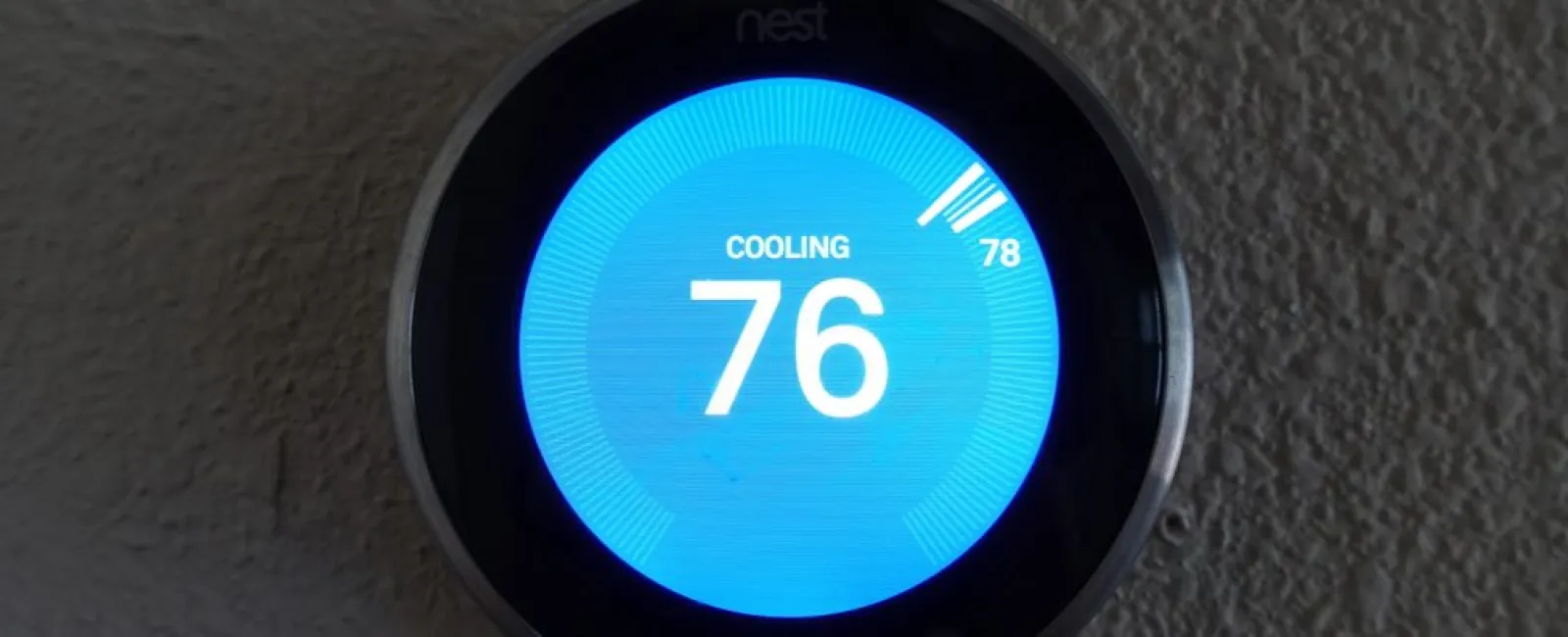When it comes to upgrading your home with smart technology and other next-generation appliances, thermostats rarely get the same attention as new kitchen appliances, high-efficiency bathroom fixtures, and other indoor features. But programmable thermostats have a lot to offer homeowners in terms of the convenience they offer, the level of control they provide to homeowners, and the lifetime savings on energy costs that can come with optimized use of this device.
Curious how a new thermostat can save you money on your heating and cooling bill? Here's a look at how this small device can lead to big financial gains.
The Hidden Cost of a Non-Programmable Thermostat
If you've only used traditional, non-programmable thermostats in the past, you might not have considered how this basic technology comes with limitations that, over time, increase your heating and cooling costs. Those limitations include:
- Rigid thermostat settings. Non-programmable thermostats can only be set to a fixed range to maintain indoor air temperatures. This means they can't be scheduled to automatically lower the air temperature overnight, for example, or to automatically lower it when no one is home.
- Lack of WiFi connectivity. Since non-programmable thermostats aren't connected to WiFi, you can't lower and manage indoor temperatures when you're away from home—which means you could accidentally pay to keep your home warm and toasty when you're gone for an extended period of time.
- Limited temperature sensor options. While smart thermostats can be connected to remote sensors that let you monitor air temperatures in different rooms throughout your home, most non-programmable thermostats take temperature readings wherever the unit is installed.
- No diagnostic tools when your HVAC system has trouble. Smart thermostats can let you know which appliances are connected to power, and which ones aren't communicating with the thermostat. If you have HVAC trouble with a non-programmable thermostat, you'll have to do this detective work on your own.
Lowering Utilities Costs With a Remote Control Thermostat
Compared to the limited heating and cooling controls offered by a non-programmable thermostat, smart thermostats make it easy to control your energy usage, which can in turn lead to cost savings. While smart thermostats are more expensive to purchase than basic models, the energy savings can make up for that added cost in as little as a few months.
These cost savings are achieved through the programmable thermostat's ability to regulate heating and cooling through more energy-efficient methods. Eco-friendly heating and cooling settings expand the range of your indoor air temperature, creating greater temperature changes in exchange for reduced energy usage. Scheduled settings changes allow you to relax heating and cooling demands overnight, or to accommodate more extreme indoor temperatures when you're away from home on vacation, or even during the workday.
One other fringe benefit of smart thermostats is that, since you're likely buying a touch-screen thermostat that offers more complex navigation and interaction options, you're able to control many more settings, and perform far more actions, on a programmable thermostat than its tech-limited predecessor. This makes these eco-friendly, cost-saving features more user-friendly. And, when you're away from home, you can still perform all of these functions using a mobile app connected to your thermostat by WiFi.
Recommended Thermostat Settings for a Smart Thermostat
For the purposes of energy conservation as well as lower utility costs, many heating and cooling experts, as well as environmental organizations, recommend setting an indoor cooling temperature of 78 degrees Fahrenheit in the summer. This higher temperature will reduce the time your air conditioner is running, lowering energy costs and easing the burden on this appliance.
By contrast, the best temperature for your heater in the winter is at least 68 degrees Fahrenheit, if not lower. Keep in mind that these are the recommended settings when you are present in your home. A smart thermostat will allow you to set an even larger heating and cooling range for when you're away, enabling temperatures of 80 degrees or higher before the A/C kicks on, or temperatures in the mid-to-low 60s during the winter.
Why You Should Consider a Thermostat With a Remote Sensor
If you want to improve your HVAC system's ability to regulate temperatures throughout your home, programmable thermostats with remote sensor capabilities may be the way to go. These remote sensors can be placed throughout your home—on different levels of the home, and in each bedroom, if you prefer—to make sure one room isn't drastically warmer or cooler than the others.
A Bluetooth thermostat will stay in constant communication with these sensors and operate the HVAC system as needed. You can also view the room temperatures for these sensors to see how evenly air is distributed throughout your home.
Given the long-term cost savings and the eco-friendly features they offer, programmable thermostats are a no-brainer for any homeowner that wants to spend less on energy and prolong the health and performance of their HVAC system.

